QuestionI have a 3 month old Giant Schnauzer Puppy. He is very smart and quick to learn. He learned sit and lay down in a couple days at a month and a half old and has learned other tricks and been performing them multiple times a day like a pro. Today we had an accident, as potty training is not happening so quickly. The accident happened to be on the couch cushions and I was very mad. I did not spank him or do anything negative on purpose, but I'm sure my facial expression and body language said otherwise. I put him outside for a minute so I could clean up and collect myself. He always gets a treat when he goes potty outside, even if he made a mistake inside before hand. Every time he comes in we have him "lay down" before he gets the treat. It has never been a problem. When he came back in after going potty outside this time, he was fine till I asked him to lay down. He ran to a corner and hid his head. I've played with him, cuddled him, taken him out successfully, and had fun the rest of the day. But every time I ask him to do ANY command, he runs to hide from me and my husband like he is in trouble. He used to love clicker training and always perked up when I got the clicker out, but now he hides. I'm worried about the drastic change that seems to have happened. He's been in worse trouble without any problems before. Please help
AnswerCarrie,
Thank you for your question.
Are you saying that you taught your puppy to sit and lie down at 6 weeks of age? Did you breed his mother and raise the litter in your home? Very young puppies can learn to sit and perform other behaviors but I am wondering at what age you acquired the puppy since leaving the litter prior to the age of 8 weeks can cause behavior problems.
Puppies have what is known as a "critical socialization period" which occurs during the first 3-4 months of life. During this time the most important thing for them to learn is that the world is a safe place. By being exposed to a multitude of different people, including children and various sights, sounds and things the puppy gains confidence and learns how to interact with people and his environment. Dr. Ian Dunbar recommends that puppies meet at least 100 different people in the first 3 months of life and another 100 after that. Although socialization should continue for the remainder of the dog's life, it is most important during the first 3-4 months. This is the time of most rapid brain development and personality formation. So -- you have a few weeks yet to make a difference before that window of opportunity closes!
Puppies go through what are called "fear periods." These are times in a puppy's life when they are more sensitive to people, places or objects and may show a defensive response by growling or running away. These periods occur between between 7 and 9 weeks, between 4 and 6 months, around a year old, and between 14 and 18 months (http://www.positivedogs.com/articles/early_doesn't_mean.html). The age varies with the breed, since not all breeds mature at the same rate. While it may be best not to introduce your puppy to new things during this period, that is not always practical. Always allow your puppy to approach new people or things; never force him to deal with his fears. Puppies that learn to become fearful of something or someone during one of these periods tend to hang on these fears and you probably need an experienced force-free positive reinforcement trainer to teach you how to help your puppy overcome these fears.
Dogs learn by association. That is, they react to things or situations or people in their environment based on what they have learned about these things, people or situations. If they experienced a pleasant feeling, that is their interaction with the person (or place or thing)they will learn to like the person, place or thing (PPT) and be attracted to the PPT again and again. Likewise, if they experience an unpleasant feeling when they are around the PPT they will not be attracted to the PPT in the future and will try to run away or avoid the PPT in the future. If cornered, they may feel they have no option but to growl or bite to try to get the PPT to go away.
Dogs are individuals and what is aversive to one may not be as aversive to another. Some dogs are averse to things that we as humans think they shouldn't be averse to - for example, my own dog dislikes some commercial dog treats and turns away from them, as did one of my clients dogs recently when I had to purchase some treats prior to a lesson because I ran out of my usual treats of regular food. Some dogs are very sensitive and some are very resilient. Some shrink at the sight of a look of disapproval or a firm, "No!" So it is possible that your puppy did in fact experience your disapproving look as aversive.
The way we treat this is with counter-conditioning (http://www.aspcabehavior.org/articles/14/Desensitization-and-Counterconditioning), but I would advise you not to treat this yourself, not that I think you would do it wrong, but a professional can help you do it most effectively.
Dogs need to feel safe and the way we build a relationship with them is through consistent application of positive reinforcement principles (http://animalinfo.com.au/fact_sheets/view/2/25/177/What_is_Positive_Reinforcemen). It's hard to say what taught your puppy that the safest response to hearing a command was to run and hide.
I do not use "commands," but rather "cues" because I am a (certified)clicker trainer. I would recommend you learn more about clicker training (http://animalinfo.com.au/fact_sheets/view/2/25/175/Clicker_Training_What_is_it) and use that method of training with your puppy. clicker training is not just using a clicker in training. It is more of a philosophy of training based on the careful application of principles of applied behavior analysis.
Clicker trained animals are happy, bright and eager to learn and explore. They not only learn quickly and love to learn, but they also learn how to learn. Clicker training deepens your bond with you dog and the two of you will love working together during clicker training.
You can learn more about the different types of training by reading this blog post I wrote last year: http://findingfuzzybuttfour.blogspot.com/2011/10/different-theories-of-training.
You will encounter (uninformed, uneducated) naysayers and pretenders, but I would urge you to "pay no attention to that man behind the curtain." ("Wizard" in the "Wizard of Oz"). Seek out good science. Read "The Culture Clash" by Jean Donaldson, "The Other End of the Leash" by Patricia McConnell and "Don't Shoot the Dog" by Karen Pryor. YouTube videos that are safe and won't lead you astray include those uploaded by "kikopup" (Emily Larlham) and supernaturalbc2009" (Donna Hill). I don't make many instructional videos but you can see how my dogs respond to positive reinforcement training on my Youtube channel, "ilovecanines." You can also read my article with lots of videos for proof about whether clicker training really works: http://dubuquedogtrainer.hubpages.com/hub/clickertrainingfordogs
With regard to housebreaking, I am of the opinion that puppies do not have "accidents" or make "mistakes." If they eliminate indoors it is because 1) they are still learning what is expected of them in our human society, 2) they are not yet able to hold their urine or feces due to their stage of development, and 3) </i> we <i> made a "mistake" by not watching them closely enough. Neither should you punish it, but if you reward it, you are teaching your dog elimination in the house is a good thing. Take him out regularly, on leash every time to the same spot and reward him after he eliminates outdoors. The reward can be a treat, praise, play or a walk.
Learn more about clicker training and behavior modification (using accepted procedures such as desensitization and counter-conditioning) and I think your puppy will come around. Spend less time training and more time playing. The most important thing for puppies to learn is that the world is a safe place and he is safe with you!
Have fun and happy clicking!
Cindy

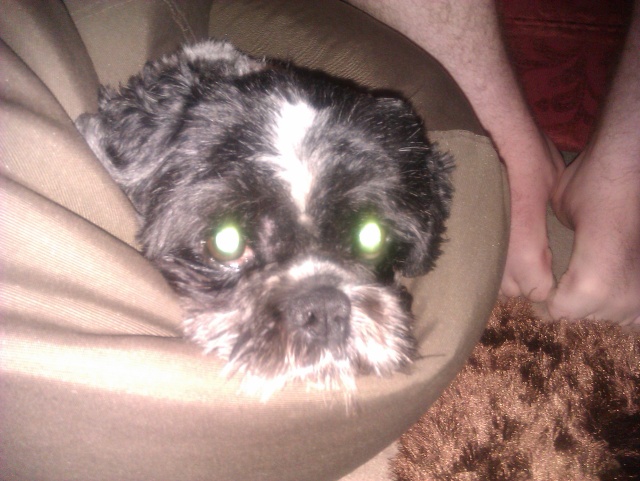 having problems with toilet training
Question
Oscar
hello
A friend of ours dog, Oscar is a 5
having problems with toilet training
Question
Oscar
hello
A friend of ours dog, Oscar is a 5
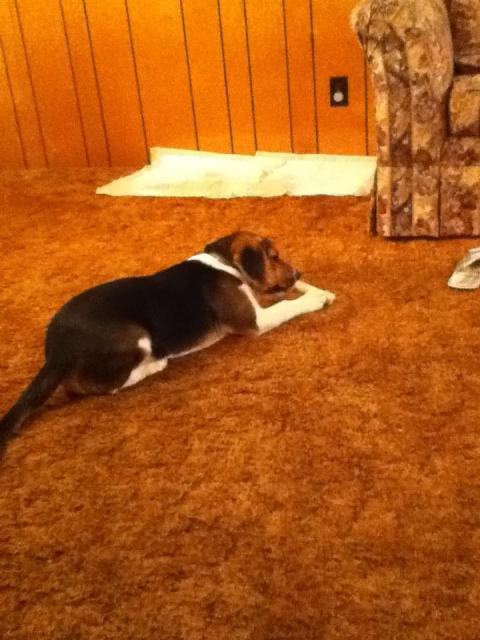 Housebreaking My Puppy and Choosing the Right Fencing
Question
Woody
Hello. I have a four month old be
Housebreaking My Puppy and Choosing the Right Fencing
Question
Woody
Hello. I have a four month old be
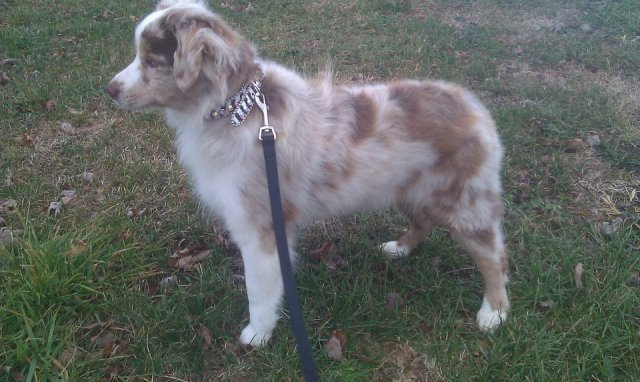 Jumping.
Question
Stetson
I have a 8 month old, male mini
Jumping.
Question
Stetson
I have a 8 month old, male mini
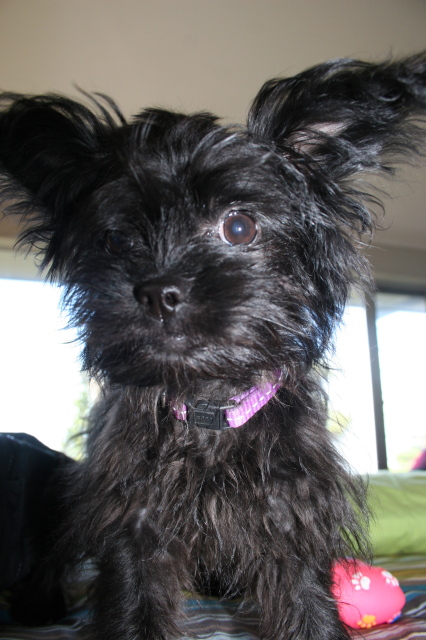 Shih tzu toilet training
Question
Shih Tzu Chihuahua
We have a Shihtzu/Chihuahua
Shih tzu toilet training
Question
Shih Tzu Chihuahua
We have a Shihtzu/Chihuahua
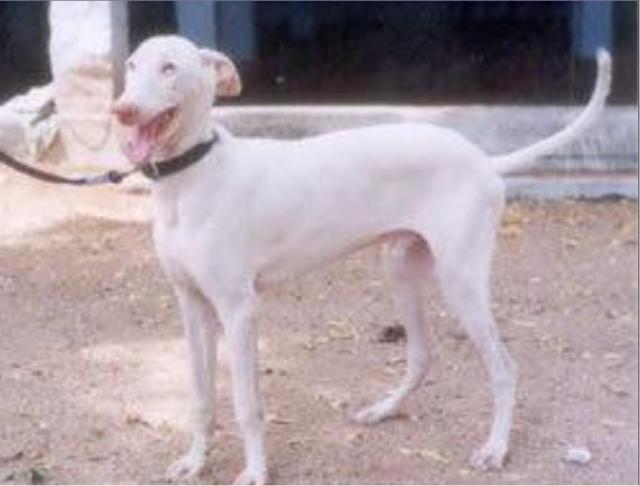 Rajapalayam dogs
Question
Rajapalayam dogs
good morning madam. are rajap
Rajapalayam dogs
Question
Rajapalayam dogs
good morning madam. are rajap